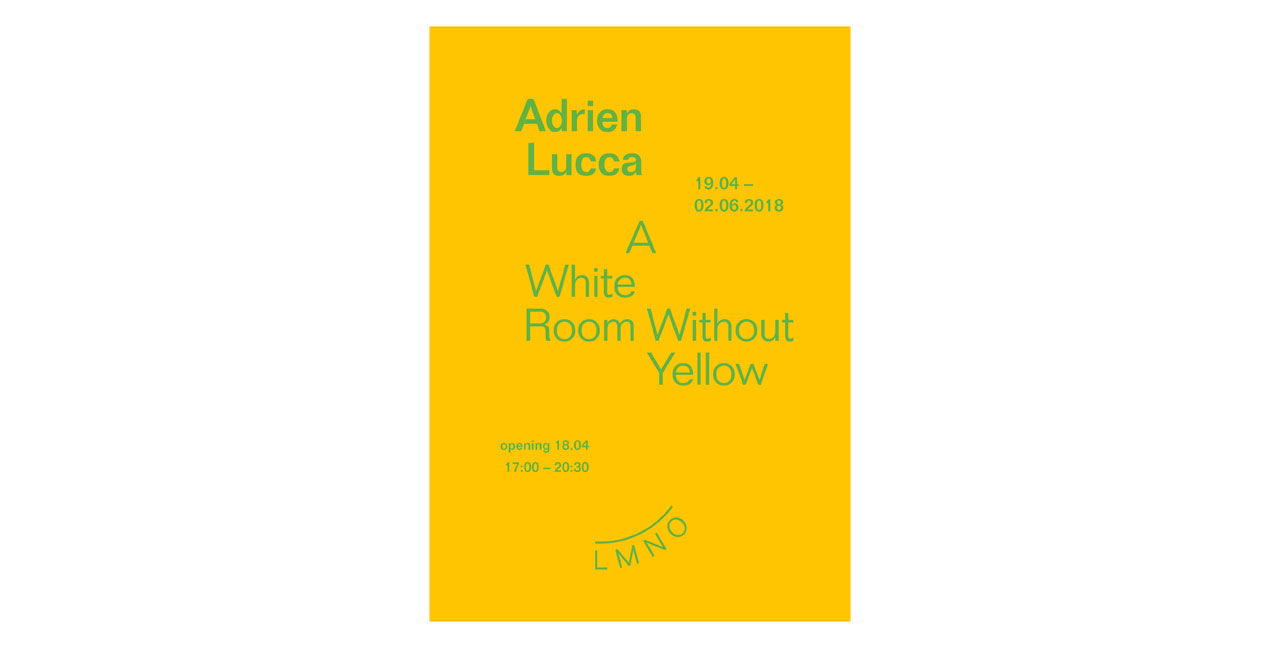April 19 - June 2, 2018
Adrien Lucca

From medieval times to the 19th century, many Western color theories relied on the belief that colors could be explained by their appearances. A belief that the mechanisms behind colors could be understood by visual judgments only, a belief that all the elements for understanding light and colors were, somehow, accessible to our senses and logic. But from the 17th century onwards, a color science has been developed in which white lights ? sunlight, daylight, moonlight, electric light ? are all compounds of colored light units. These essential components of light are not sensed anymore but hidden behind the visual appearance of white light and white objects.
Since the causes of colors depend on invisible mechanisms, it is now possible to control these non-visual parameters behind color vision, and to play with a new keyboard of light effects to do ?magic tricks?. Beautiful, pleasing or surprising, these tricks touch the very foundations of our visual universe, the foundations of our common visual sense: what if I can sense the world in a completely different manner? Is it happening just inside of me, or not? Can such ?magic? open up a space for experiencing, enjoying and criticizing our intimate visions and beliefs?
White light and grey objects synthesized from a multiplicity of colors are recurrent themes in Adrien Lucca?s work. From the drawings of the "D65 Studies" (2011-14) where he started to use color science, pigments and artificial daylight to make artworks, to "Microkosmos" (2018), a permanent installation that will be inaugurated in Brussels in May, at the time of the exhibition, Adrien Lucca?s work has developed at the crossroads of drawing, painting, science, magic.
For his first exhibition in the gallery, Adrien Lucca designed "A White Room Without Yellow" (2018), an installation where a special pinkish-white light radically transforms the color of the objects in the room ? and especially the color of yellow objects. For Adrien Lucca, "A White Room Without Yellow" is at the same time a tribute to and a criticism of Olafur Eliasson?s "Room for one colour" (1997).